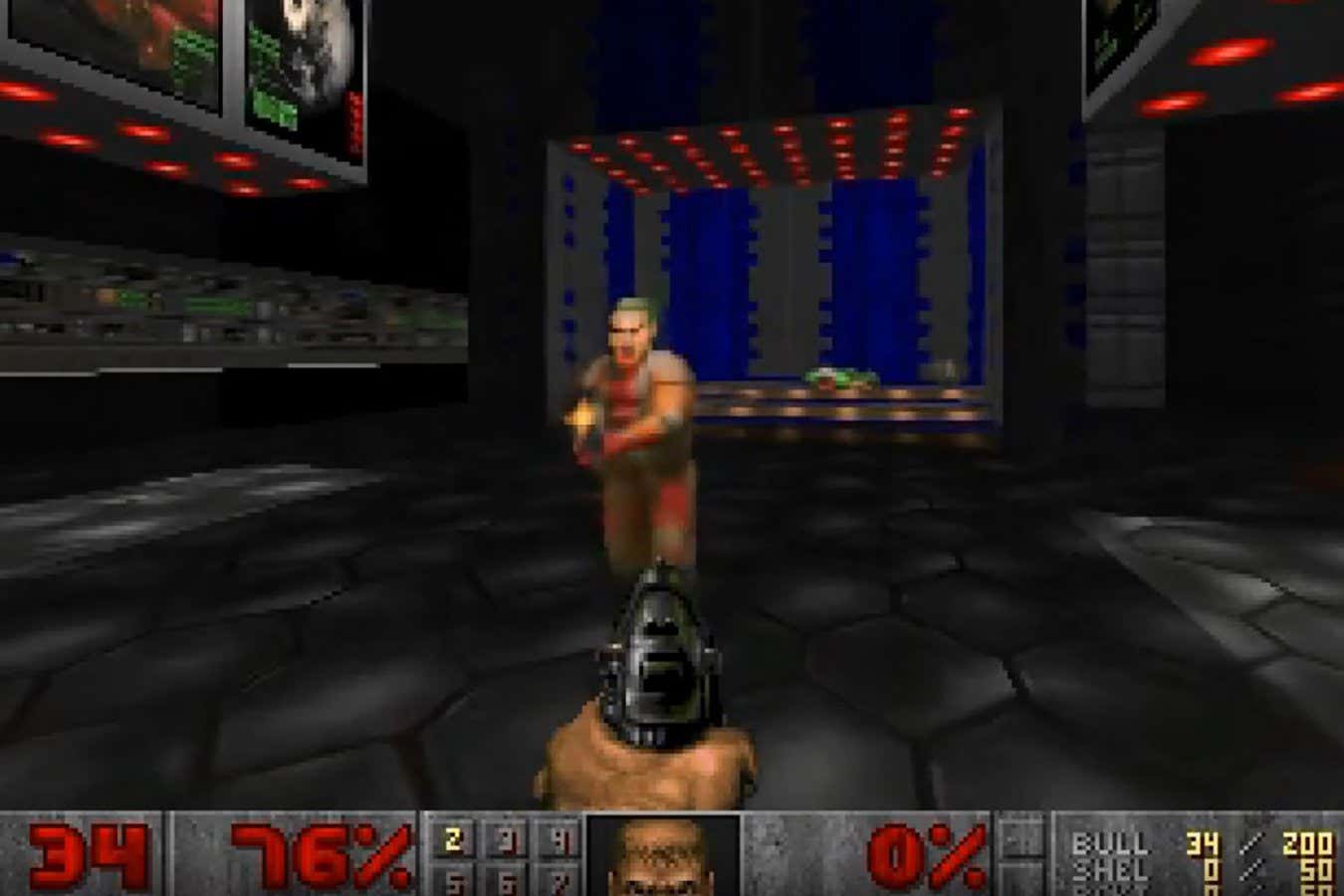The model, called GameNGen, was made by Dani Valevski at Google Research and his colleagues, who declined to speak to New Scientist. According to their paper on the research, the AI can be played for up to 20 seconds while retaining all the features of the original, such as scores, ammunition levels and map layouts. Players can attack enemies, open doors and interact with the environment as usual.
After this period, the model begins to run out of memory and the illusion falls apart.



Correct me if I’m wrong, but doesn’t there have to be a code layer somewhere in there?
It’s like all those “no code” platforms that just obscure away the actual coding via a gui and blocks/elements/whataver.
In this case, no. This is just interpreting what the next frame should be by the previous one. Like how the sora videos work, but with input.
So then the code is to make the AI generate images and take input
Or the code is the operating system that the application is running on, or the code is the firmware that is operating the GPU that is crunching the numbers to make the neural net, or the code is the friends we made along the way.
deleted by creator